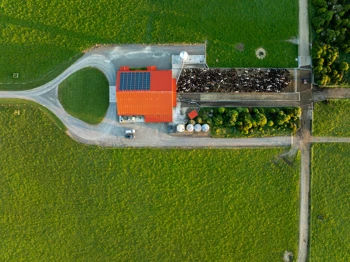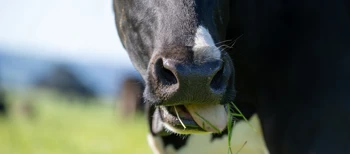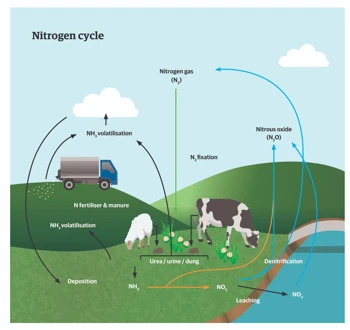News & Advice

Dealing with drought conditions
When a drought is announced announced the question is 'what has changed on farm?', nothing much at this stage. What is changing however, is the season and we are now pushing ever closer to Winter. During a drought, a common question is what levers are there to pull? One lever or option available to us is Nitrogen (N), but how can I use N fertiliser to help in the recovery of my pasture covers and supply? So, what steps can you take to get the best out of N for pasture recovery?
It's important to note that there's no one-size-fits-all answer, as the approach must be tailored to the unique circumstances of on each farm.
You may have heard me emphasise farming blends together both art and science.
Ravensdown will help to bring you the science, to help achieve the largest possible response to N. However, at times the largest response may not be the most appropriate response, as a lesser response obtained and used earlier might be the better decisions for your livestock. Nevertheless, it is worth keeping in mind that N acts as a growth multiplier, meaning the more actively pastures are growing, the larger the response to N application. Achieving the best response from N occurs when we have sufficient moisture, warmth, pasture cover, and we can avoid grazing for ideally four weeks or more.
Should I go after the first or second rain?
To address this question, take into account the supplements currently available. If you find yourself needing to tap into your winter feed, applying fertiliser after the first rain might be suitable. If there isn't significant follow-up rain, the overall response to the fertiliser application may not be as substantial. However, this approach helps in preserving valuable feed for the winter months.
If supplements are available, it may be possible to hold off on the fertiliser application until the pasture is more actively growing, with assured follow-up rain and soil moisture. This helps ensure a substantial response to N fertiliser.
If a significant portion of our supplements have been used, it may be more prudent to apply a lighter rate of N over a larger area. With fewer supplements on hand, the pasture may need to be grazed earlier, limiting the time the pasture has to respond to N.
As we start extending grazing intervals, a follow up application at a higher rate, can help more cover to build up. Also, the more we grow on the treated paddocks allows for a longer (or lighter) grazing pressure on untreated paddocks, so we will see an overall benefit.
If resources are limited, prioritise targeting newer pastures or paddocks with higher soil fertility. These areas typically yield the best pasture growth and provide the highest return for every kilogram of N applied.
Isn’t there already N in our soil following a dry spell?
Yes, there absolutely is, and after a drought, there will be a significant mineralisation of organic forms of N. Treat this early ‘flush’ of soil N supply as a bonus and consider that fertiliser N may be a worthwhile application, as time is forever marching on. Each day brings us closer to rain, but also to colder temperatures, so relying solely on mineralised N may still restrict pasture supply. Shallow-rooted clovers are notably more vulnerable to drought compared to grasses, resulting in reduced N fixation. It will take time for them to recover and resume N fixation.
Should I use AMMO or straight N?
The choice between using Ammo or straight N depends on the fertiliser applied over the last season. If Superphosphate or other fertilisers containing Sulphur (S) have been applied, S levels in the system is likely still sufficient, and using straight N is appropriate. However, if it has been nearly a year since any S application, using S with the applied N, as found in our Ammo mixes, are likely to increase the response to applied N.
The situation you're facing, as mentioned earlier, is unique to every property. Take stock of your resources and formulate a plan for when the rains arrive, as they inevitably will. Stay adaptable, as the on farm circumstances may change daily, requiring us to reassess our options.
Extreme weather events are a hard part of farming in New Zealand, but remember, you're not alone in this. Your family, friends, and neighbours are experiencing similar challenges, and there are numerous resources and organisations available to provide support and assistance.
Written by Simon Gaul




